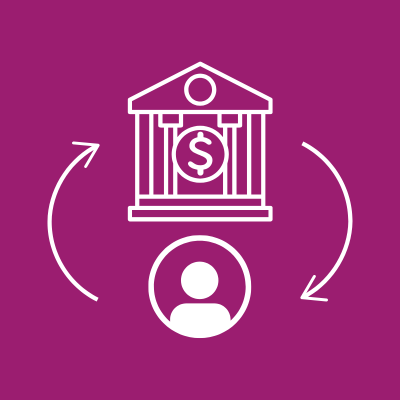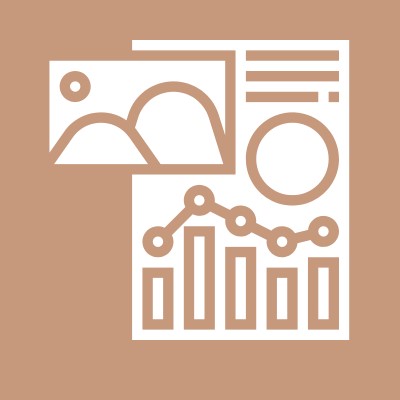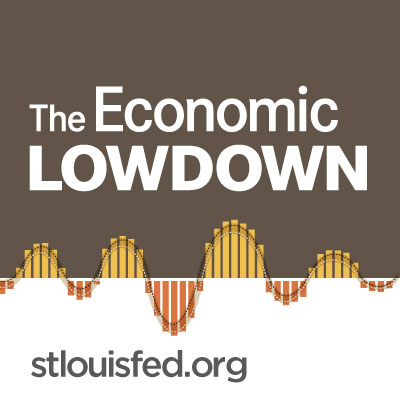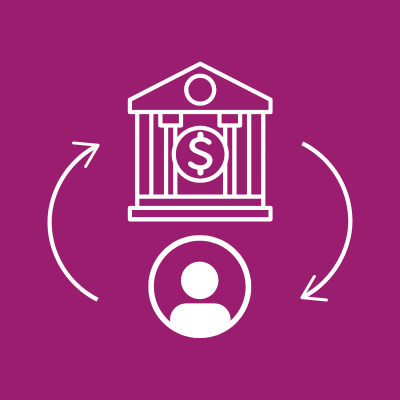Market Basket
Interpret the effects of inflation on consumers.
{{searchResultSnippet}}
 Back to All
Back to All

This video assignment shows the differences between inflation, deflation, and disinflation. The video explains it all with the help of detailed animations and graphs.
Inflation occurs when the prices of goods and services across the economy go up. Deflation occurs when prices across the economy go down. Prices go down? Sounds like deflation is a great thing. I know lower prices SOUNDS good, but deflation is usually a symptom of a down economy and has some pretty bad consequences. For instance, deflation happened during the Great Depression. There was less demand, so prices fell across the economy, businesses’ inventories grew, people were laid off, unemployment rose, and incomes fell. Also, people waited to buy things because they expected prices to be even lower in the future, so firms produce even less and laid off more workers. The cycle continued. Since too much inflation is bad for the economy and deflation is also bad, one of the Fed’s main goals is to keep inflation low and stable while avoiding deflation. A related term is DISINFLATION. That means a slowing of the rate at which prices are increasing; in other words, a DECREASE in the inflation rate. It’s not the same as deflation, when prices are ACTUALLY decreasing. For example, disinflation occurred from 1980 to 1983, when the inflation rate went from over 13% to under four percent.

Market Basket
Interpret the effects of inflation on consumers.

Infographic Posters
Browse infographics for your classroom.

Econ Lowdown Podcast Series
21 Economics audio assignments for your classroom

Beyond Inflation Numbers: Shrinkflation and Skimpflation
Define shrinkflation and skimpflation.

Calculate Your Lifetime Inflation Activity
Learn how to measure changes in inflation over a lifetime.

10 FRED Graph Activities in 10 Minutes
Learn about data through graphing activities.

Boom Times and Bubbles: The Internet Age
Learn about the Monetary Control Act of 1980.

Central Banking
Learn the basics parts a central bank.

Creation of the Federal Reserve
Learn about banking panics, recessions, and depressions in the U.S. during the 1800s.

Inflation, the Fed, and You
Learn what causes inflation.

Introduction to the Federal Reserve
Introduce the Fed’s three main functions.

Monetary Policy Fed and You
See how the Fed conducts monetary policy.

Money Versus Barter
Learn how money solves problems created by barter systems.

Price Stability
Learn the importance of price stability.

Stagflation in the 1970s
How did Federal Reserve Chairman Paul Volcker contain inflation, spurred economic growth, and reduced unemployment?

Structure of the Federal Reserve
Learn about the Board of Governors, the Reserve Banks, and the FOMC.
{{resourceTitle}}
{{resourceBlurb}}